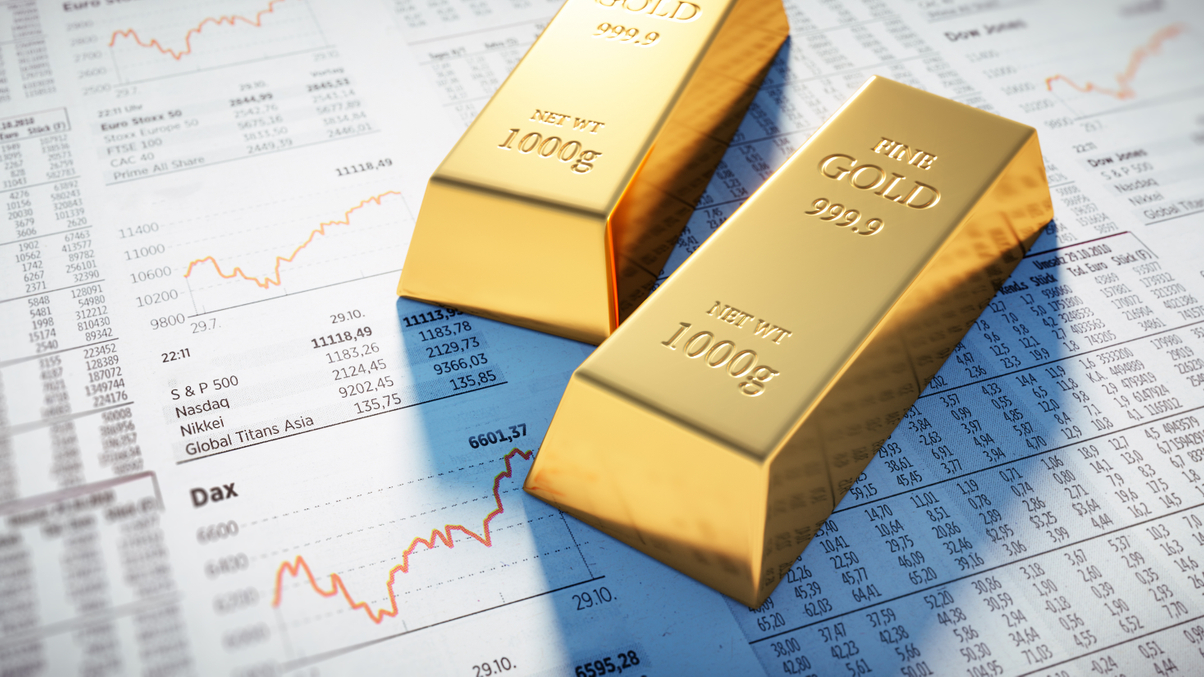Market Views: Is it a 'golden' time to hedge against inflation?
Some analysts remain bearish on gold, believing that energy, industrial metals or real estate would be a better hedge, while others think the metal is now trading at an attractive rate.

On the back of recent gold price fluctuations, analysts’ views are mixed on whether the metal is an attractive “buy” as a crisis hedge during the uneven economic recovery.
Sign in to read on!
Registered users get 2 free articles in 30 days.
Subscribers have full unlimited access to AsianInvestor
Not signed up? New users get 2 free articles per month, plus a 7-day unlimited free trial.
¬ Haymarket Media Limited. All rights reserved.


